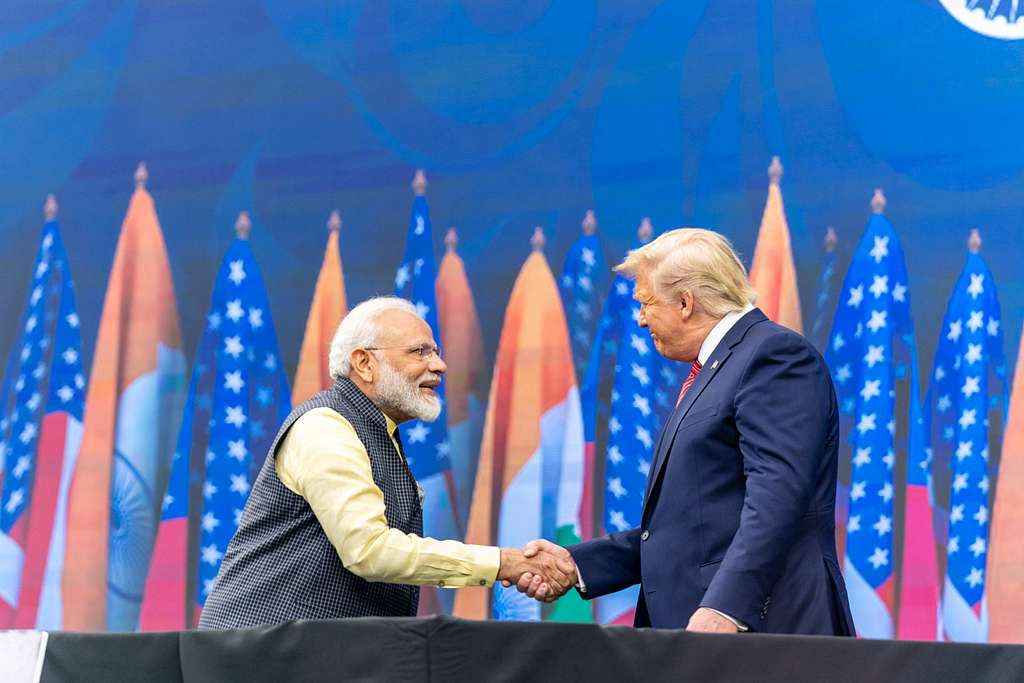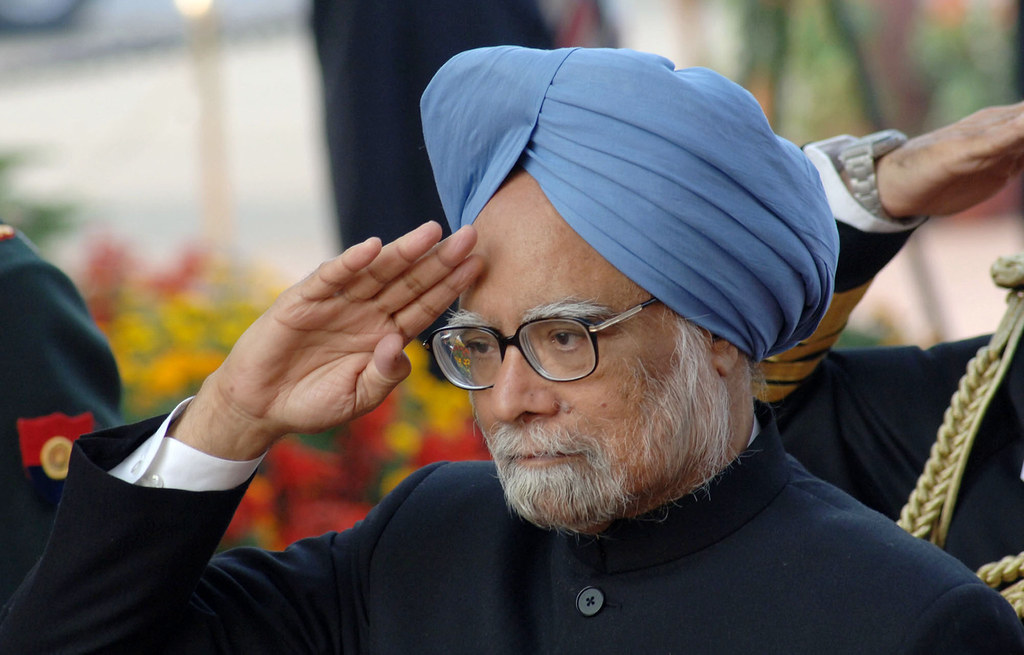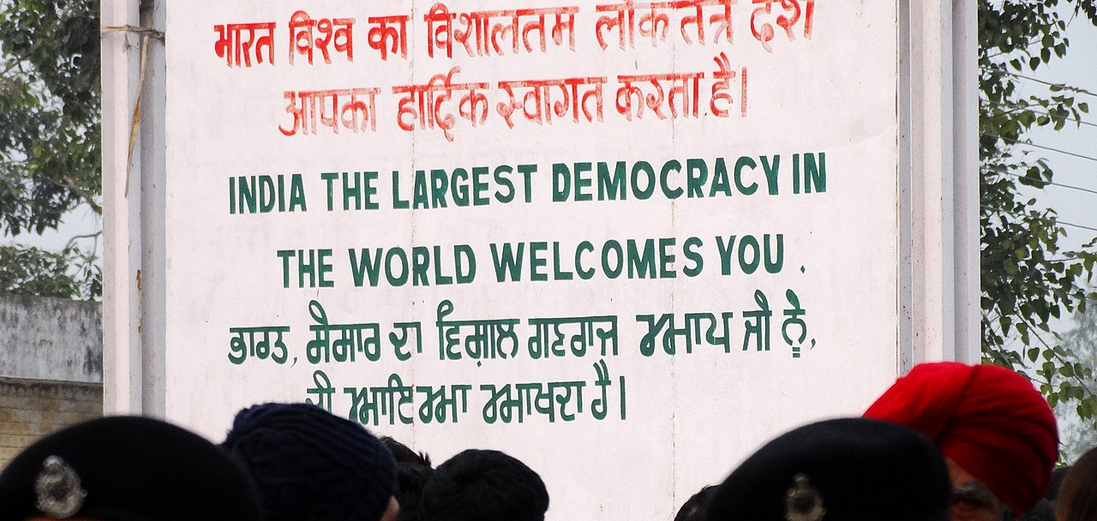
“You can get quite far in a democracy if you can convince a majority that they are victims of a minority, and that only you can protect them.’ Garry Kasparov.
The chess legend was referring to Donald Trump’s America in 2016 but a striking parallel can be drawn with Narendra Modi’s India circa 2022. Just look at the narrative playing out in the aftermath of a week of bruising communal flare ups across more than half a dozen states: viral videos on social media of Ram Navmi and Hanuman Jayanti processions being pelted with stones have only fed into an ominous storyline of ‘Hindus as victims’ of a violent minority who must be ‘taught a lesson’. The truth is rather more complicated: religious processions marked by abusive sloganeering and open threats from Hindutva groups being met by angry Islamist sections throws up a dangerous portent of a future that could wreck Modi’s well-spun dream of ‘sabka saath, sabka vikas’. Instead it appears that the chickens from years of ‘normalising’ hate politics have now come home to roost. The so-called ‘fringe’ groups are now firmly and truly ‘mainstream’.
Just look at the geographical arc of the violence. It has spread from BJP-ruled Madhya Pradesh, Karnataka and Gujarat through opposition ruled states like Rajasthan, Bengal, Odisha and Jharkhand to the national capital where the police reports to union home minister, Amit Shah. In the BJP ruled states, there is an election on the horizon as there is in Congress-ruled Rajasthan while Delhi too is poised to hold a crucial municipal election later this year. This may partly explain a rise in the communal temperature and a resurgence in divide and rule politics.
Paradoxically, the Modi government at the Centre has never been in a stronger position with the opposition too divided and demoralized to mount a sustained challenge. This is an ideal moment, in a sense, therefore to refocus attention from the ‘old’ India battles of religious identity to the ‘new’ India war of faster growth and improved living standards, from an India of perpetual grievance to a country of a billion aspirations.
And yet, every attempt it seems is being made to find emotive, polarizing issues aimed at ‘othering’ Muslims: hijab one day, halal meat the next, azaan the third. Congress MP Shashi Tharoor has suggested that these are weapons of mass distraction, designed to keep the communal pot boiling to divert public minds from the deepening crisis of falling incomes and rising prices. He is right but only upto a point. Because the ‘religio-cultural’ war that lies at the heart of the sangh parivar’s Hindu Rashtra mission is on the ascendant; if anything, eight years in power have convinced most of the Hindutva zealots that their time to strike is now. The stunning victory in the key state of Uttar Pradesh, where chief minister Yogi Adityanath has never masked his strident Hindutva rhetoric, may have emboldened the sangh leadership too. When the RSS chief, Mohan Bhagwat boasts of an ‘Akhand Bharat’ vision being realized with a ‘heavy stick’ within the next 15 years, he is only signaling a revival of an enduring fantasy to build a unified Hindu supremacist ‘nation’.
The aggressive celebrations of Ram Navmi and Hanuman Jayanti with a warrior-like display of weaponry are part of this playbook, meant to send out an unambiguous message that Hindu cultural revivalism is now an unstoppable force. In the late nineteenth century, Lokmanya Tilak made a conscious attempt to recast the Ganesh Chaturthi celebrations into a mass public event in an attempt to unify society against British colonial rule. In the 21st century, the saffron brotherhood wants to use Ram and Hanuman as symbols of religious machismo that go well beyond traditional rituals of prayer and devotion. What else explains the attempt to deliberately play loud DJ music in front of mosques during a Ram Navmi procession? The messaging is clear: if Muslims are to be allowed loudspeakers for azaan, Hindutva groups will assert their identity by blaring songs with even greater frenzy in Muslim-dominated mohallas.
For the Vishwa Hindu Parishad and Bajrang Dal, this tit-for-tat militant religious politics is a lifeline. Having played a crucial role in the early years of the Ram Janmabhoomi movement that first propelled the BJP into national prominence, these groups have been feeling restless in a political environment where a relentless Modi election juggernaut is less dependent on them. The Hindutva footsoldiers havent really had a share in the power cake that has been monopolized by the BJP’s elected politicians. Now, they want their moment in the arclights, unhindered by any legal or governance constraints. The impunity of their actions in recent times – be it organizing hate-spewing dharam sansads, spearheading violent gau-rakshak movements or commanding divisive love jehad campaigns – are aimed at resurrecting their political equity in the crowded Hindutva marketplace. That the VHP-Bajrang Dal chose to defiantly go ahead with a Shobha Yatra on Hanuman Jayanti in Delhi despite not having police permission stems from their conviction that their benefactors in power will ultimately protect their interests.
When PM Modi speaks the language of “shamshan” and “kabristan” or “people can be recognized by their clothes” there is a signaling down the line that demonizing minorities has the top leadership’s tacit endorsement. Sadly, a hyper-partisan regime that is aligned to the larger Hindutva project lacks the moral or political authority to rein in their saffron soulmates who have assisted them in the march to power. Nor can the police force which is heavily compromised by the political leadership really read out the riot act to those who are proximate to power. So much easier for an authoritarian state to sidestep due process and bulldoze the houses of alleged rioters from the minority community in a scarred Khargone in Madhya Pradesh than ensure the even-handed enforcement of law and order.
Bulldozer politics may spread fear among minorities as it has in UP but in the long run it is building rage and resentment that can easily boil over. Just as the ‘Hindu as victim’ narrative is galvanizing majoritarian co-religionists, the ‘Muslim as victim’ counter-narrative is providing fresh ammunition to radical Islamist hotheads who are spreading their extremist beliefs. For a country with ‘vishwa-guru’ superpower pretensions that is an alarming situation to be in. India at the moment needs bridge-builders, not bulldozers.
Post script: Prime minister Modi has been conspicuously silent in the face of mounting cases of hate speech and communal violence as has home minister Shah. A senior RSS leader explains it as a ‘political compulsion’, pointing to Gujarat elections later this year. Ironically, it is Yogi Adityanath as UP chief minister who has been talking tough on reining in all religious processions that disrupt peace and harmony. Strategic role reversal or a portent to what the future holds?




































































































































































